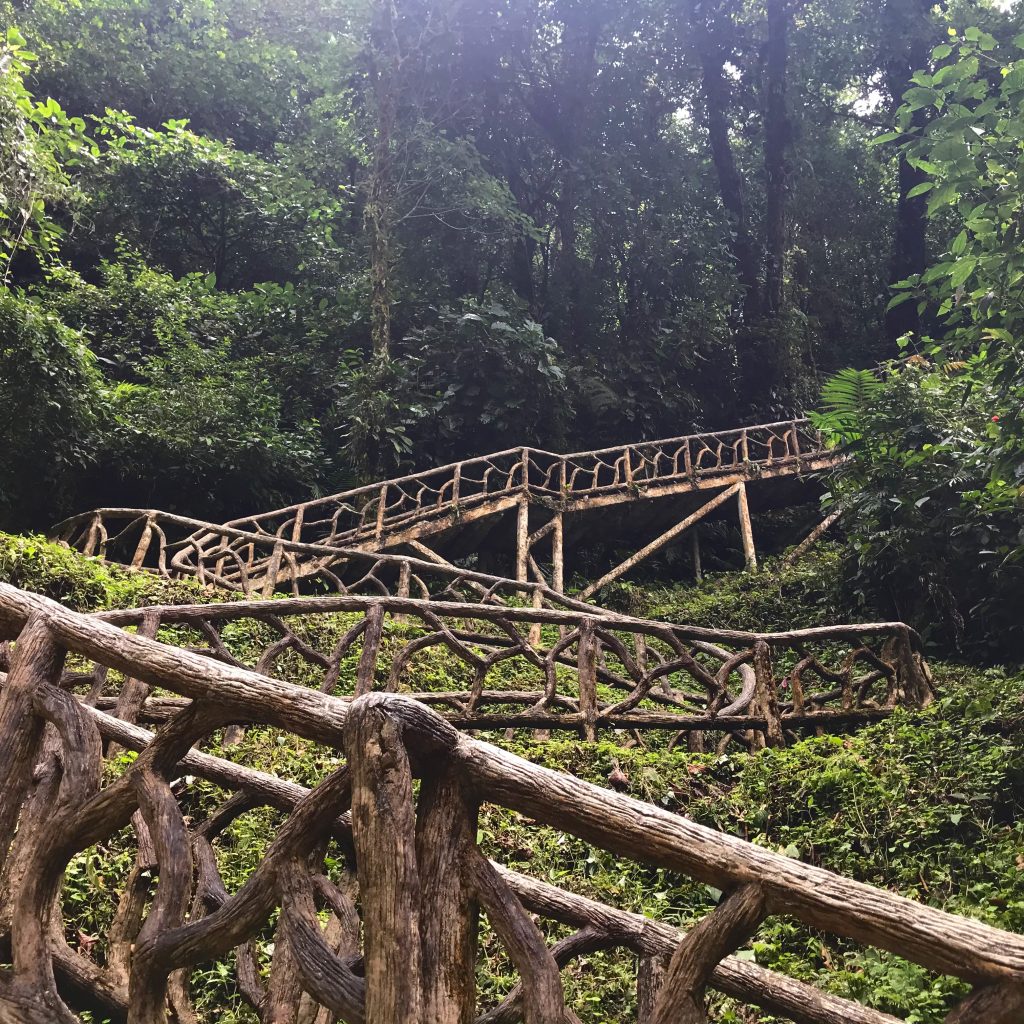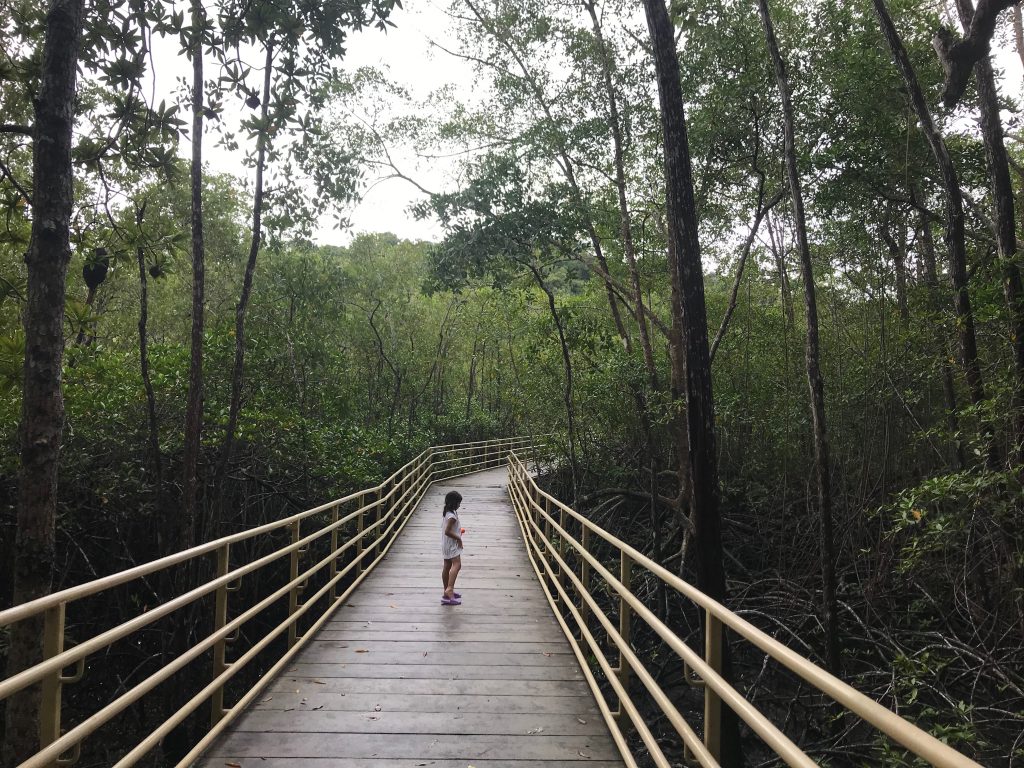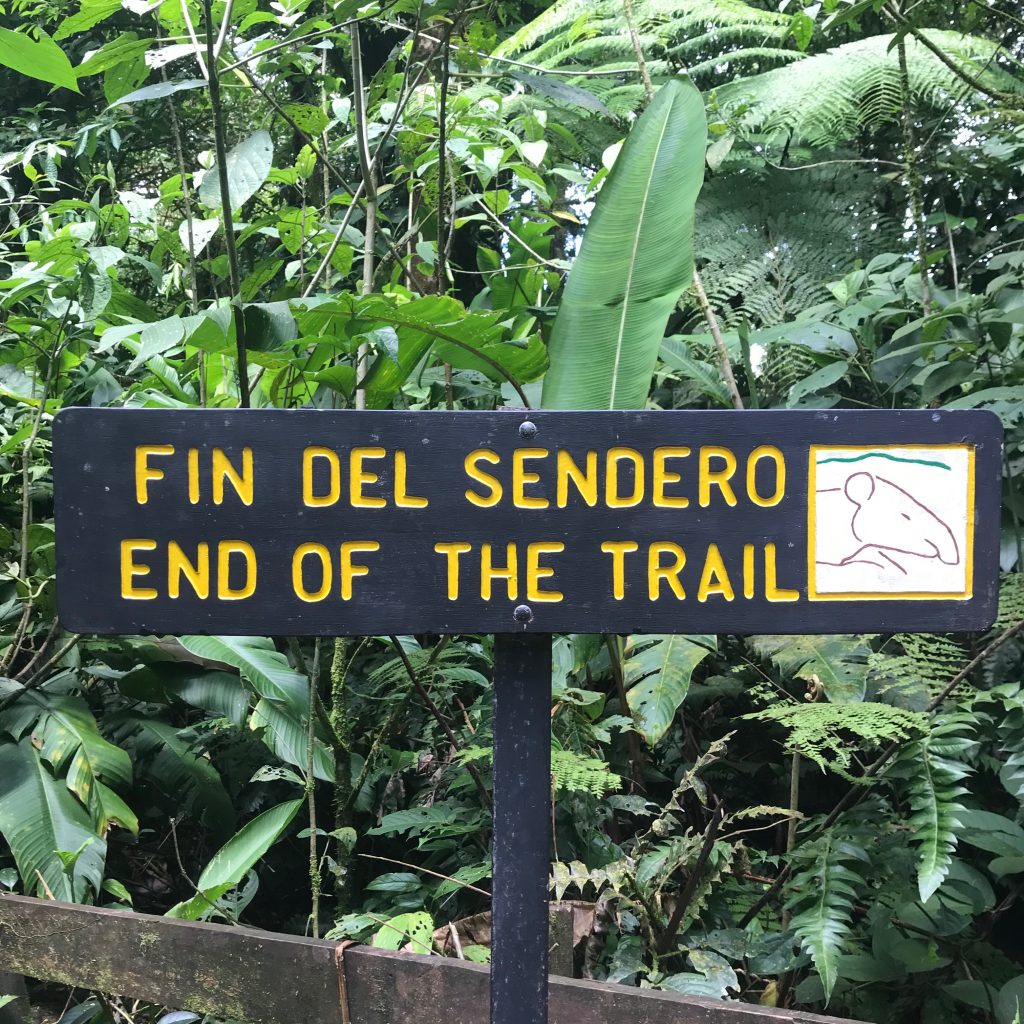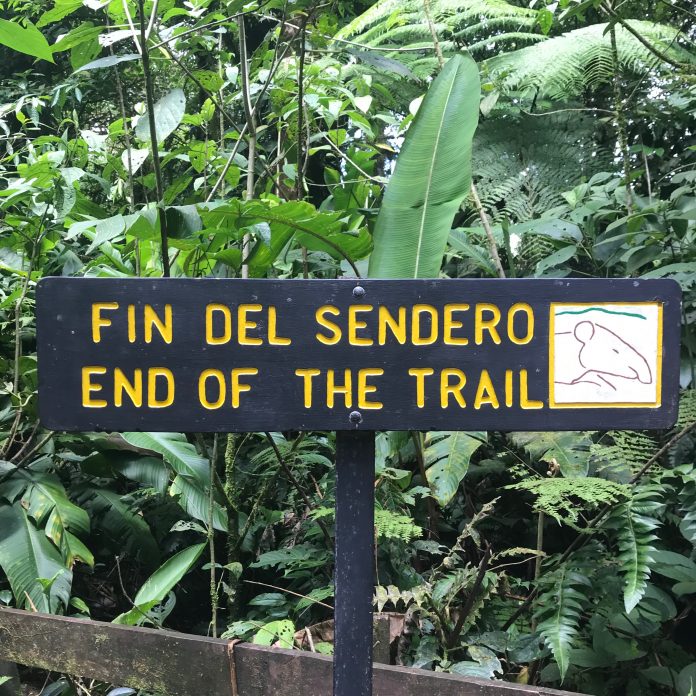Why did we choose to dedicate our August edition, “Symbiosis,” to Costa Rica’s national parks and other protected areas?
In a way, the idea began to percolate in our brains the first time we walked through empty paths that are usually filled with visitors, and viewed some of the most beautiful places on Earth, oddly alone.
In Costa Rica as around the world, the initial shutdown caused by COVID-19 in March 2020 soon relaxed just slightly, as collective awareness of the terrible plight faced by rural tourism communities began to rise. Following safety guidelines, many other city-dwelling Costa Ricans, began to visit rural areas and national parks when we could, in order to recharge our batteries while also contributing, even in tiny ways, to local economies and the coffers of the public National System of Protected Areas , or SINAC. Carefully, my small family joined in.

It was both magical and eerie to see such sights as the otherworldly Río Celeste, in Volcán Tenorio National Park, without another soul present. It was like winding back the clock multiple decades; the first time I’d ever visited that park, the road to reach it required 4WD and kept some visitors away. The challenging paths and rickety stairs down to the iconic waterfall were often pretty bare. In 2019, however, cars poured along the main road and filled the parking lot, and happy visitors packed the paths and stairs. It was bizarre to see it so empty.

Manuel Antonio National Park is the country’s most visited. Just as in the Northern Zone, we felt fortunate and guilty as we walked along its paths alone. On one visit, a man along the road waved me towards his paid lot, but I wanted to park closer to the park entrance; as I waved a “No, thank you,” the man who had been cajoling me beat the top of my car in frustration. I was both angry and conscious of the fact that this was just one more outpouring of desperation. Informal tourism workers like him were the hardest hit of all during this “season zero.” In his shoes, I might have struck out at a car that passed me by, too.

My Colectivo 506 co-founder Mónica Quesada Cordero has turned those vague realizations into action as she has created August’s issue. Starting with her reporting from Ostional National Park, a place that has meant a great deal to her as a photojournalist, she has put together a deep dive into community-park relationships that I think you’ll love. Why did she call it “Symbiosis”? Because the pandemic has shown, without a doubt, that Costa Rica’s tourism communities depend on protected areas and the visitors they usually attract, but also that the protected areas depend on communities. Those park entrance fees that families like mine contributed to state coffers? They weren’t anywhere near enough, of course. SINAC announced last month—when Mónica had already begun work on the piece on Ostional National Park that you’ll see here tomorrow—that because its budget for 2021 was slashed so drastically, the country’s national parks can no longer provide the services expected of them. The work of Mónica and this month’s other journalists suddenly became even more important.
If you visited Tenorio or Manuel Antonio National Parks today, you won’t walk alone. However, the impact of our “zero season” will be felt for years to come, in ways both negative and positive. Will one of those results be more support for grassroots conservation efforts that make it easier for rural communities to make a sustainable living through their closeness with the natural resources they protect?
Read on. Let’s figure it out together.




